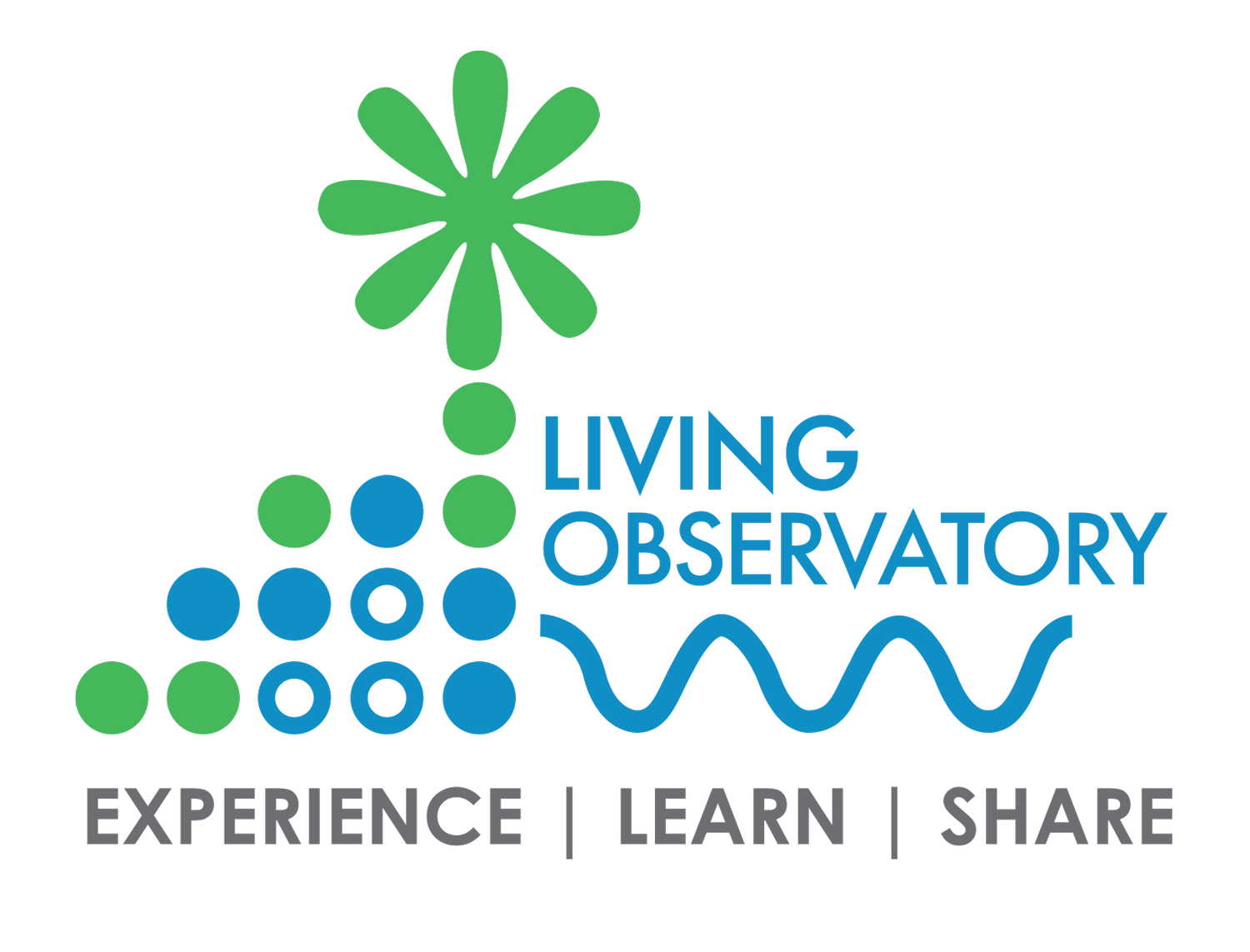21 Aug, 2012 Author: Glorianna Davenport
Any large humanly orchestrated project progresses in cycles - planning, information gathering, analysis, team building, fund raising, decision making, construction, reporting etc. Unlike tidal flows, these cycles are not regular, discrete, or predictable; however, in their ebb and flow, they slowly advance the projects goals.
The Tidmarsh Farms/Beaver Dam Brook Restoration project provides a case in point. During 2011, we focused on positioning the project, building a team and fundraising. In January 2012, project work seemed to explode: new survey data, information about sediment, water levels and water quality, inventories of plants, breeding birds and butterflies progressed, and Interfluve, Inc. advanced a 15% conceptual scheme. While this can be considered progress, discussion highlighted the many issues that still need discussion and resolution. Chief among these: we need better flow data and more information about the sub-surface before we can agree on channel form, habitat types, or active vs passive planting areas. Similarly, we need a more reliable assessment of habitat suitability for diadromous fish in Fresh Pond in order to advance a design for the connecting channel.
Danielle and David mark the transects August 17, 2012
In order to be confident about channel form, as well as plant habitat on different bog cells, we need to develop a better image of the sub-surface of the bog cells. In April, David Boutt a professor in the Geosciences Department of the University of Massachusetts-Amherst began to work on imaging the hydrology of the bog cells using GPR (Ground Penetrating Radar) and Resistivity; these technologies allow us to "see" below grade to the shape and depth of the peat formation, the likely course of former stream channels and the intersection of peat to sand, clay or rock. This coming week, David will be back with his team to extend this imaging of the subsurface. In preparation we will be removing summer vegetation that makes measurement using this technique difficult.
Brad Chase explores the channel
On August 8, Alex Hackman (DER), Eric Hutchins (NOAA) David Gould (Town of Plymouth) met with Brad Chase and colleagues from Mass. Division of Marine Fisheries to discuss the connection to Fresh Pond. Brad specializes in diadromous fish biology and will be evaluating Fresh Pond as potential habitat for herring. During this meeting, David removed 3 flash boards from the dam; this was followed by digging a feeder channel that will allow some of the stagnant water upstream of the dam to flow. We then walked up to Fresh Pond to look at the outflow and discuss habitat suitability. We then showed Brad the headwaters and visited the outlet at White Horse Beach. In September, we will organize a clean up of the channel connecting the farm to Fresh Pond. We hope people who live along this channel will join us in this endeavor.
The start of the run - White Horse Beach August 8, 2012




